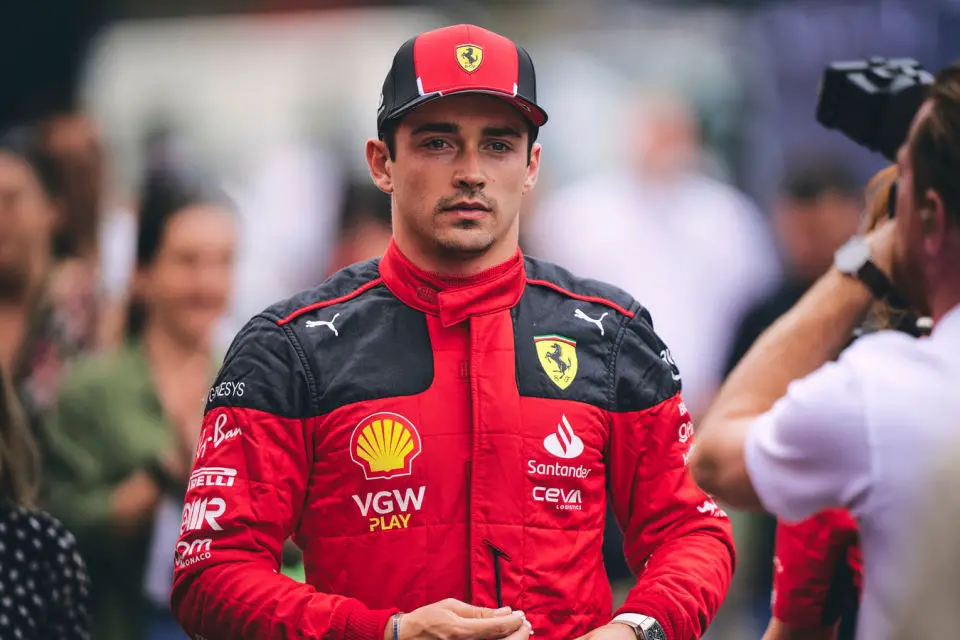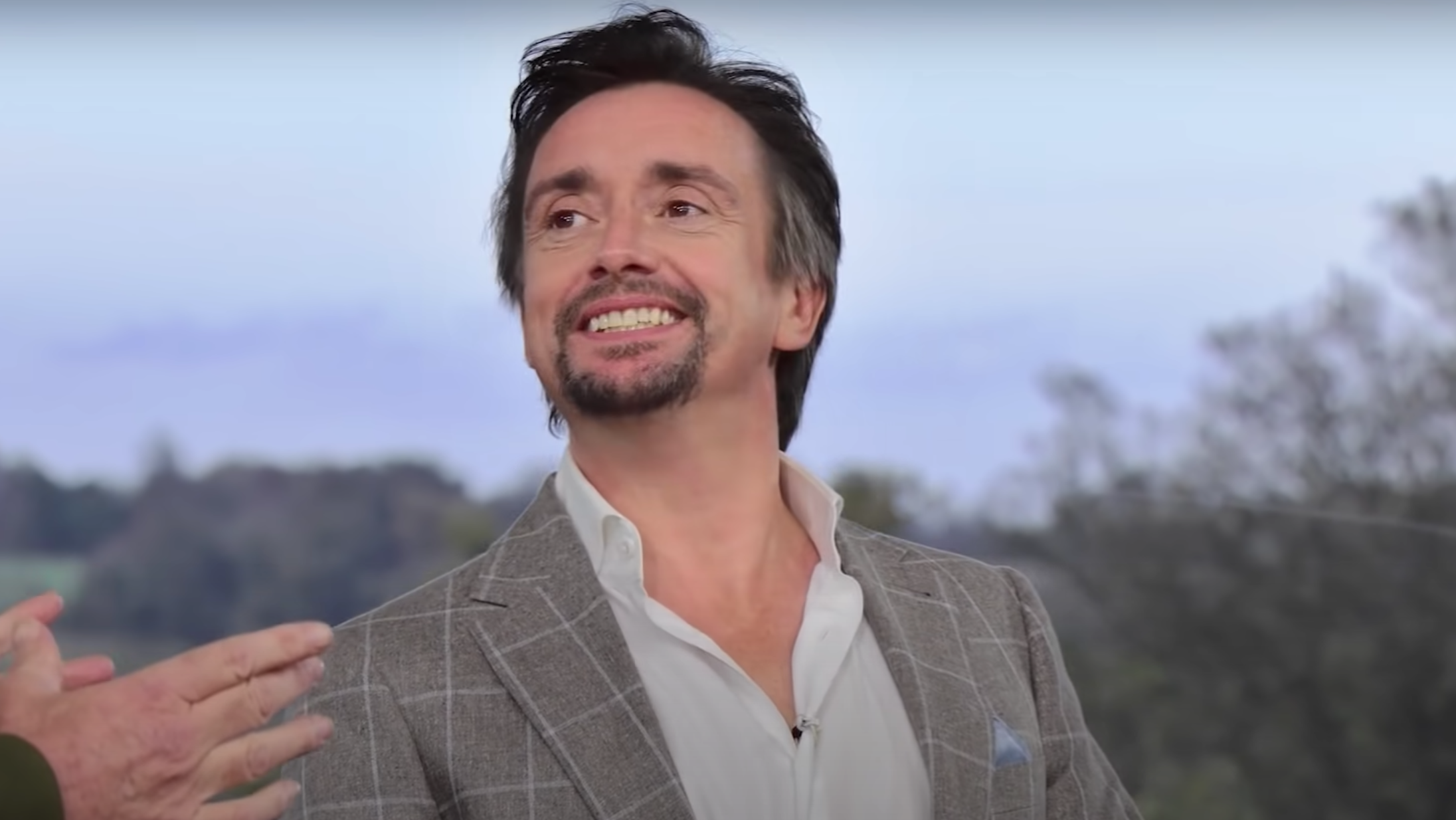Charles Leclerc’s Skillful Escape from Penalty at Mexican GP: A Detailed Analysis
In a dramatic twist at the Mexican Grand Prix, Ferrari’s Charles Leclerc managed to retain his third-place finish despite an FIA investigation into a potentially unsafe car. This article delves into how Leclerc avoided penalties, highlighting the intricacies of F1 regulations and Ferrari’s adept handling of the situation.
Key Takeaways:
- Incident on Lap 1: The investigation stemmed from an incident in the first lap where Leclerc’s SF23 collided with Sergio Perez’s RB19. This collision raised concerns about the safety of Leclerc’s car, as part of the SF23’s front wing was left dangling after the impact.
- Ferrari’s Quick Resolution and FIA’s Concerns: Fortunately for Ferrari, the problematic part of the front wing detached on its own, avoiding the need for a pit stop mandated by the FIA. Despite this, Ferrari was summoned by the FIA to ensure that they weren’t knowingly running an unsafe car.
- The Crucial Decision: The FIA’s decision not to penalize Ferrari was influenced by a rule established in October 2022. This rule stated that the detachment of an end plate, depending on where it lands, isn’t considered unsafe. This technicality played a significant role in Leclerc keeping his podium finish.

In a remarkable turn of events at the Mexican Grand Prix, Charles Leclerc of Ferrari successfully navigated through a potential penalty threat, showcasing not just his driving prowess but also Ferrari’s adeptness at handling F1’s complex regulations.
The incident that triggered the FIA investigation occurred right at the outset of the race. Leclerc’s SF23, in an intense tussle for position, made contact with Sergio Perez’s Red Bull car. The collision was so forceful that it sent the Red Bull car airborne, leading to Perez’s unfortunate withdrawal later in the race. Meanwhile, Leclerc’s car suffered damage to its front wing, a situation that could have required immediate attention from the pit crew under normal circumstances.
However, luck seemed to be on Ferrari’s side. The damaged part of the front wing dislodged itself, obviating the need for a pit stop solely for its removal. This self-resolution was a critical factor in the subsequent deliberations with the FIA. Ferrari’s swift response to the situation and the natural detachment of the wing part played a key role in keeping their car within the safety regulations, at least in the eyes of the governing body.
The crux of the matter lay in the interpretation of the rules. In October 2022, the FIA had issued a clarification regarding the detachment of car parts. According to this rule, an end plate’s detachment and its landing location are not automatically deemed unsafe. This technicality became the cornerstone of Ferrari’s argument before the FIA.
Ferrari’s representative, in a meeting that included FIA single-seater director Nikolas Tombazis and technical delegate Jo Bauer, explained that at no point was the team knowingly running an unsafe car. This explanation, aligned with the aforementioned FIA rule, was instrumental in avoiding a penalty that could have stripped Leclerc of his podium finish.
What this incident highlights is the intricate dance between F1 teams and the governing body’s regulations. It underscores the importance of staying abreast of rule changes and their interpretations, a skill Ferrari demonstrated adeptly at the Mexican GP. Leclerc’s ability to maintain performance despite the early setback and the team’s quick thinking under pressure were key factors in their successful navigation of this challenging situation.
This episode at the Mexican GP not only adds an exciting chapter to the 2024 F1 season but also serves as a testament to the strategic acumen of teams like Ferrari in the high-stakes world of Formula 1 racing.

